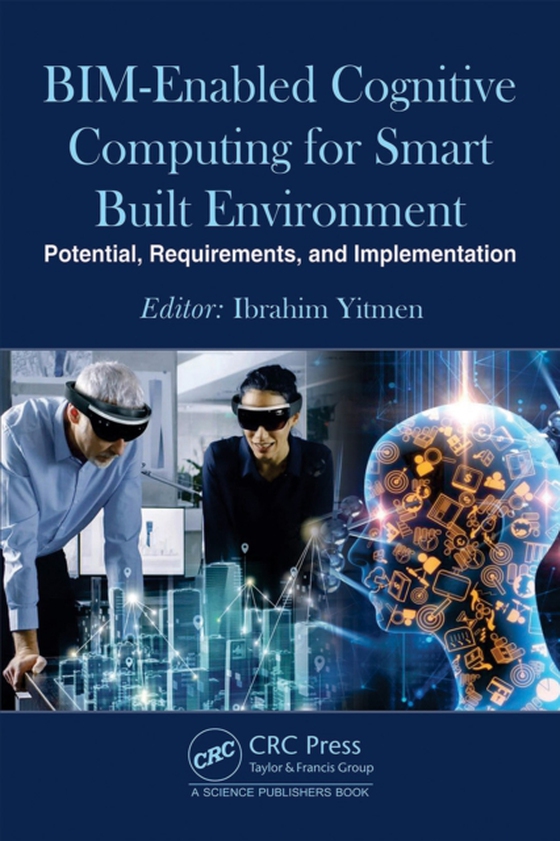
BIM-enabled Cognitive Computing for Smart Built Environment e-bog
436,85 DKK
(inkl. moms 546,06 DKK)
The book provides knowledge in the Building Information Model (BIM)-enabled cognitive computing methods for smart built environment involving cognitive network capabilities for smart buildings, integrating Augmented Reality/Mixed Reality in cognitive building concepts, cognitive Internet of Things (CIoT) for smart cities, Artificial Intelligence applications for cognitive cities, and cognitive ...
E-bog
436,85 DKK
Forlag
CRC Press
Udgivet
17 juni 2021
Længde
232 sider
Genrer
TBDG
Sprog
English
Format
pdf
Beskyttelse
LCP
ISBN
9781000350937
The book provides knowledge in the Building Information Model (BIM)-enabled cognitive computing methods for smart built environment involving cognitive network capabilities for smart buildings, integrating Augmented Reality/Mixed Reality in cognitive building concepts, cognitive Internet of Things (CIoT) for smart cities, Artificial Intelligence applications for cognitive cities, and cognitive smart cities using big data and machine learning. It focuses on the potential, requirements and implementation of CIoT paradigm to buildings, Artificial Intelligence techniques, reasoning, and Augmented Reality/Mixed Reality in cognitive building concepts, the concept of cognitive smart cities in its complexity, heterogeneity, and scope, and the challenge of utilizing the big data generated by smart cities from a machine learning perspective. The book comprises BIM-based and data-analytic research on cognitive IoT for smart buildings and cognitive cities using big data and machine learning as complex and dynamic systems. It presents applied theoretical contributions fostering a better understanding of such systems and the synergistic relationships between the motivating physical and informational settings. It reviews ongoing development of BIM-based and data science technologies for the processing, analysis, management, modeling, and simulation of big and context data and the associated applicability to cognitive systems that will advance different aspects of future cognitive cities. The book also analyses the required material to inform pertinent research communities of the state-of-the-art research and the latest development in the area of cognitive smart cities development, as well as a valuable reference for planners, designers, strategists, and ICT experts who are working towards the development and implementation of CIoT based on big data analytics and context-aware computing.
 Dansk
Dansk

